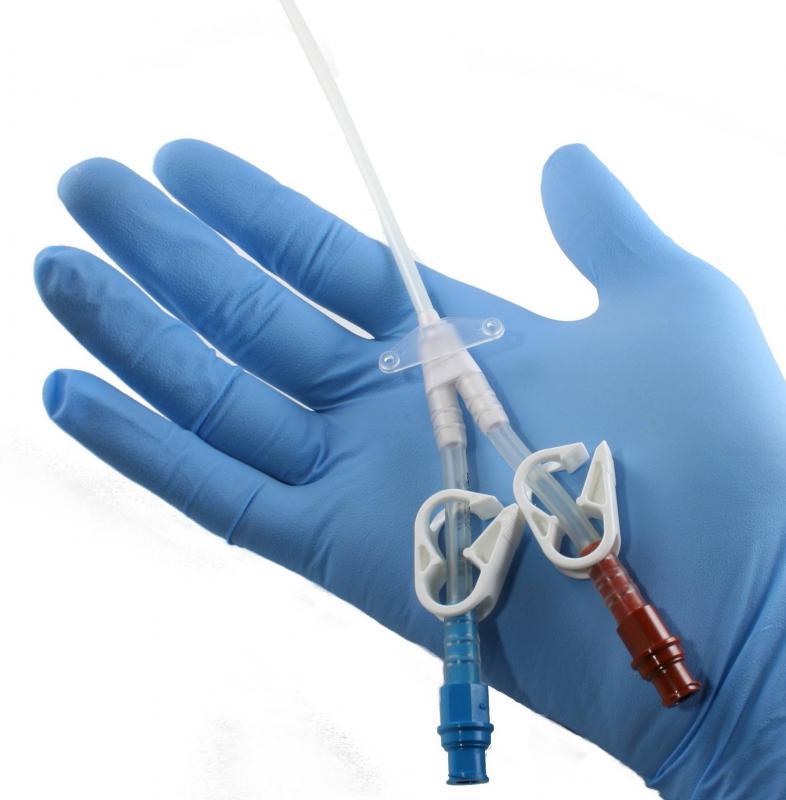At TheHealthBoard, we're committed to delivering accurate, trustworthy information. Our expert-authored content is rigorously fact-checked and sourced from credible authorities. Discover how we uphold the highest standards in providing you with reliable knowledge.
What is a Rectocele Repair?
Rectocele repair is a surgical procedure carried out to correct a rectocele, or prolapse, of the rectum. A rectocele occurs when the rectum is forced out of place and begins to put pressure on the back wall of the vagina, causing symptoms such as pain during sex and constipation. Rectocele repair corrects this problem by relocating the rectum to its normal position and adding supportive sutures or surgical mesh to prevent further prolapse.
The rectum and vagina are held in their respective places via muscles that ensure that they do not encroach on the space of one another. Sometimes, fascia muscles that separate the vagina and rectum weaken, causing the rectum to fall forward and put pressure on the vagina. This muscle weakening can occur as a result of muscle strain from heavy lifting, childbirth or repeated straining during bowel movements.

Rectoceles are divided into three different grades, based on the amount of pressure the rectum puts on the vaginal wall. A Grade 1 rectocele puts only a small amount of pressure is put on the vagina; these often do not require treatment. Grade 2 rectoceles involve a significant amount of rectal displacement and often require treatment. In a Grade 3 rectocele, the rectum has become so displaced that it bulges through the opening of the vagina. These almost always require rectocele repair surgery.

In most cases, rectocele repair is carried out under general anesthetic, but if this is not possible for medical reasons, a patient can be given a regional anesthetic instead. In the first step of the procedure, the surgeon makes an incision in the back wall of the vagina. Next, the rectum is pushed back into place, and the fascia muscles are reinforced with sutures or a synthetic mesh. This will prevent the rectum from prolapsing again.

Sometimes, the fascia muscles or the vaginal walls have become stretched and weakened. This can increase the risk of further rectal prolapse, so the surgeon might tighten these muscles by removing the stretched tissue. After the surgery is complete, a catheter is inserted into the bladder. Generally, the catheter remains in place for one to two weeks.

Rectocele repair is an inpatient procedure that requires a hospital stay of a few days. After the patient returns home, recovery takes several weeks. During this time, she must avoid bending and heavy lifting as well as vaginal intercourse, for as long as advised by her doctor. A small amount of bloody discharge from the vagina is normal during the recovery period, but if the blood is bright red, if bleeding is heavy or if the discharge is foul-smelling, prompt medical attention should be sought. These symptoms can be indicators of infection.
AS FEATURED ON:
AS FEATURED ON:


















Discuss this Article
Post your comments